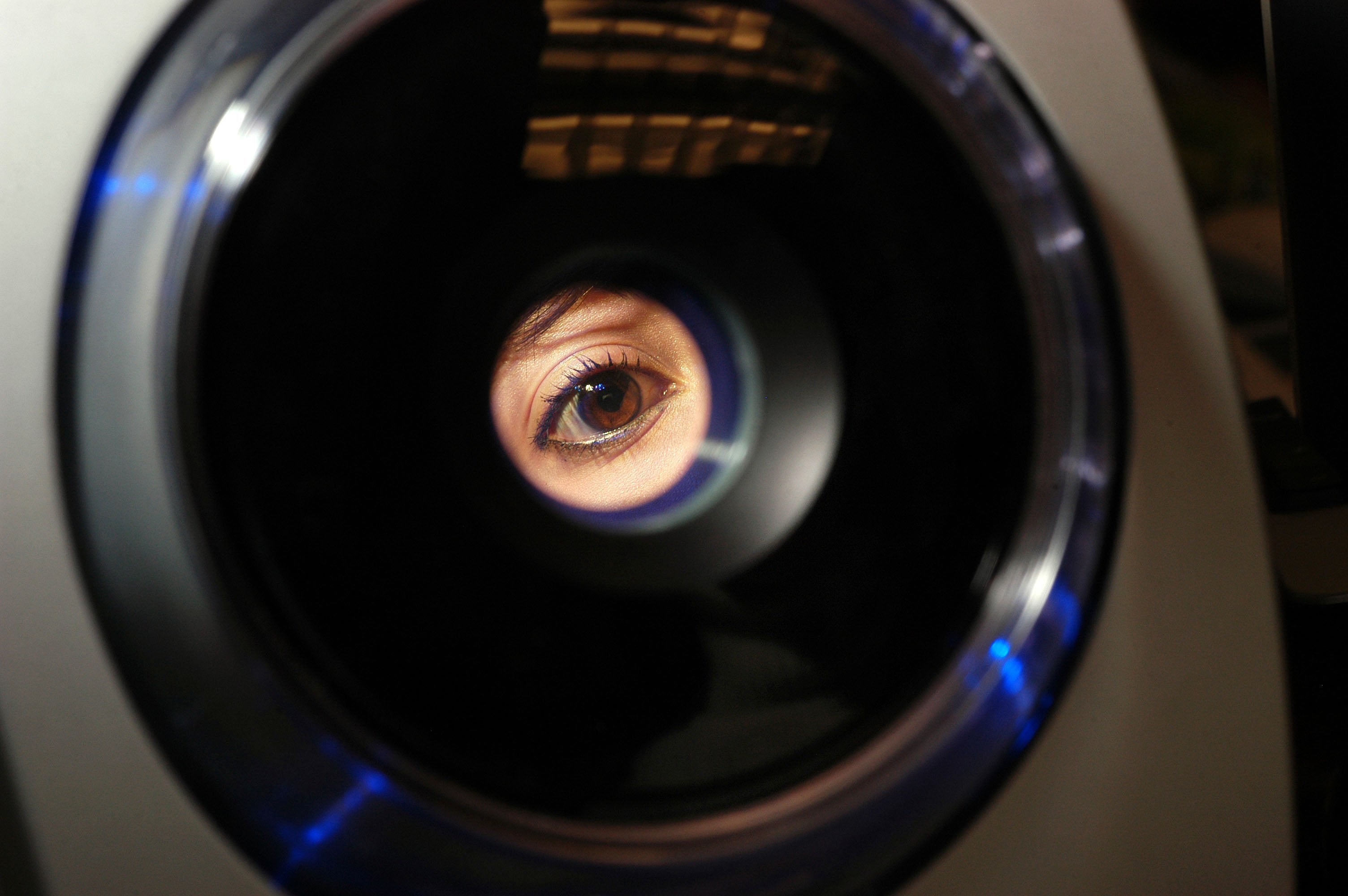Scientists ‘3D print’ eye tissue to help medical research

Scientists have ‘printed’ eye tissue to help find ways to stop people going blind in new breakthrough research.
The new study used patient stem cells and ‘3D bioprinting’ techniques to make new eye tissue that could then be used in research.
It allowed scientists to print out a set of cells that together make up the blood-retina barrier, which itself is eye tissue that helps the light-sensing receptors.
The breakthrough allows scientists to theoretically make as much tissue as they like, helping them study diseases. Scientists could create new pieces of eye that would allow them to look into degenerative eye diseases that can turn people blind, for instance.
Previous research into those diseases – such as AMD, or age-related macular degeneration – has been held back by how difficult it is to gather material from humans.
In AMD, deposits form in the eye, which stop the functioning of parts of the eye. That in turn can lead to vision loss.
Researchers were able to use the printed eye tissue to better examine how that process starts. They were able to watch as changes happened that had previously been theorised by hadn’t been actually proven.
To create the eye tissue, scientists had to find a scaffold around which to hang it, as well as printing it in a consistent pattern.
Recent years have seen increased excitement about 3D printing in biomedical applications, including for research on the eyes. Scientists hope to be able to make anatomical tissue in a variety of cell types and biomaterials.



Join our commenting forum
Join thought-provoking conversations, follow other Independent readers and see their replies
Comments